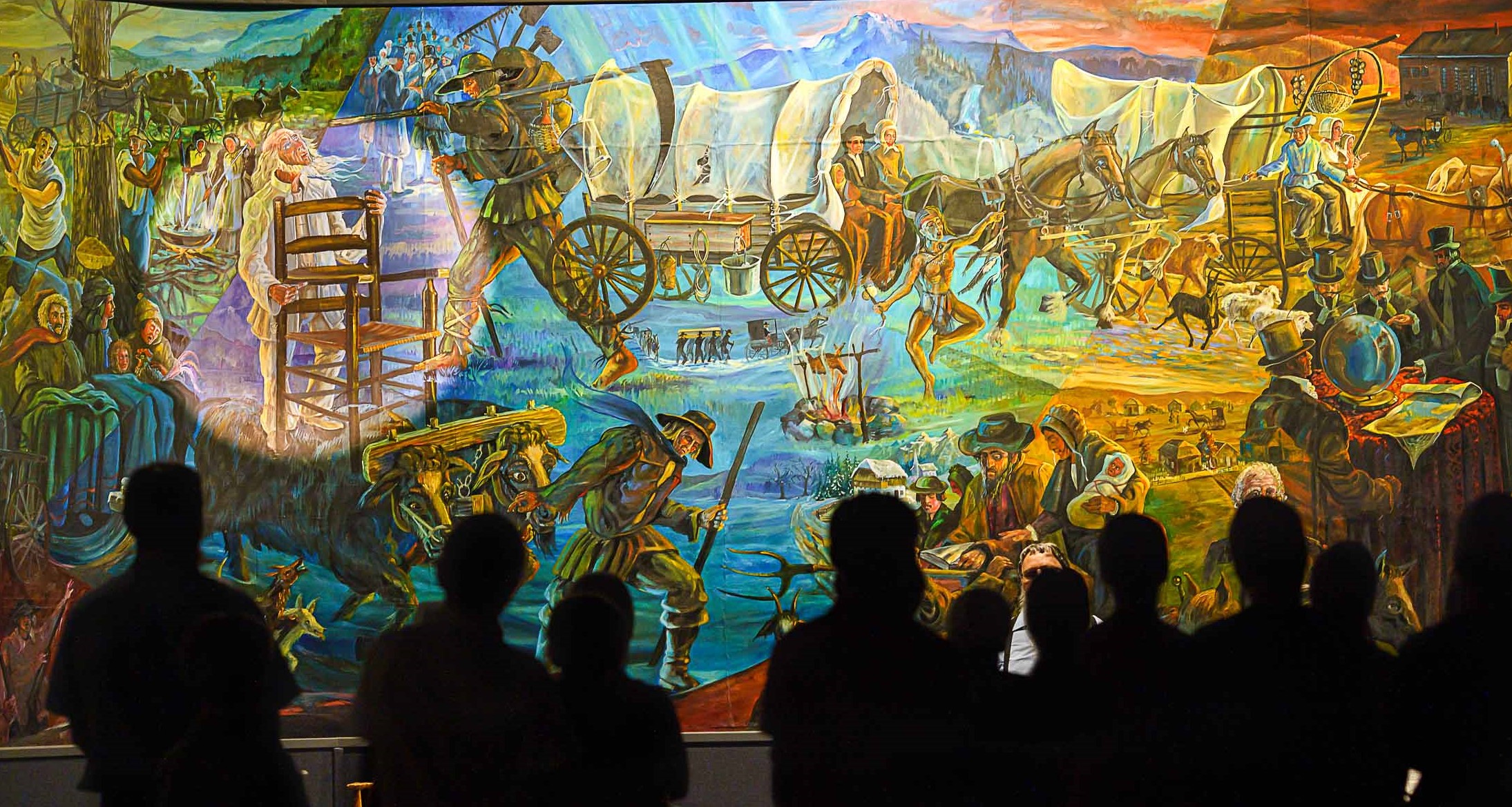Preserving Amish Art and Culture in Museum Collections
Amish culture represents a delicate balance of tradition, faith, and craftsmanship. Museums across the United States play a vital role in preserving these cultural treasures, ensuring that future generations can experience and learn from Amish art and heritage. Through carefully curated collections, exhibits, and educational programs, visitors gain insight into the daily lives, values, and creativity of Amish communities.
The Role of Museums in Cultural Preservation
Safeguarding Artifacts
Museums serve as custodians of Amish artifacts, from quilts and furniture to hand tools and religious items. By cataloging and preserving these objects, museums protect them from deterioration and loss. Artifacts offer tangible evidence of Amish ingenuity, community practices, and artistic expression.
Contextualizing History
Preservation goes beyond storage; museums provide context for every piece. Exhibits explain how crafts evolved, the influence of migration, and the cultural significance behind each item. For example, a hand-carved wooden chair is not just furniture—it represents skill, patience, and the community’s emphasis on functional artistry.
Educational Outreach
Museums also educate the public about Amish life, customs, and values. Guided tours, workshops, and interactive displays allow visitors to engage with history in meaningful ways. Students, families, and tourists can learn how faith, simplicity, and community shape art and daily living in Amish culture.

Key Types of Amish Art and Crafts in Museum Collections
Quilts and Textiles
Amish quilts are celebrated for their patterns, colors, and craftsmanship. Museum collections often feature quilts from different periods, showing how designs evolved while maintaining traditional techniques. Visitors can learn how quilting served both practical and social purposes, fostering cooperation and community bonding.
Woodworking and Furniture
Handcrafted furniture and woodworking tools demonstrate Amish mastery of form and function. Museums display items such as chairs, tables, cabinets, and barns alongside the tools used to make them. These exhibits highlight both artistry and resourcefulness, reflecting the community’s emphasis on simplicity and utility.
Metalwork and Blacksmith Tools
Metalwork is another significant aspect of Amish craftsmanship. Museums preserve blacksmith tools, horseshoes, buggy parts, and kitchen implements, offering insight into the ingenuity and skill required for traditional Amish livelihoods. Live demonstrations in some museums allow visitors to see these techniques in action.
Religious and Educational Artifacts
Bibles, hymnals, and school materials help visitors understand the spiritual and educational foundations of Amish life. Museums contextualize these items, showing how faith and learning are intertwined in daily routines and community values.
Prominent Museums Showcasing Amish Art and Culture
Behalt—Amish & Mennonite Heritage Center, Ohio
Behalt features a 265-foot cyclorama mural and extensive collections of Amish and Mennonite artifacts. The museum combines visual storytelling, interactive displays, and educational tours to preserve and interpret cultural history.
Amish Farm and House, Lancaster, Pennsylvania
This museum combines living-history experiences with artifact displays. Visitors can see traditional crafts, restored farmhouses, and workshops that highlight woodworking, quilting, and cooking.
Shipshewana, Indiana
Shipshewana hosts cultural centers and artisan workshops where visitors observe live demonstrations of Amish craft-making. These collections offer both educational insight and a connection to living traditions.
How Museums Maintain Authenticity
Curatorial Expertise
Museum curators work closely with Amish communities to ensure that exhibits accurately represent traditions and daily life. Authenticity is maintained by documenting provenance, interviewing community members, and preserving original techniques and designs.
Interactive and Experiential Learning
Hands-on workshops, craft demonstrations, and guided tours help visitors connect with artifacts in meaningful ways. Experiencing the process behind quilts, woodworking, and blacksmithing emphasizes the skill and patience involved, reinforcing the cultural significance of each item.
Community Collaboration
Some museums partner with Amish artisans to create educational programs, ensuring that heritage is preserved respectfully and accurately. These collaborations highlight ongoing traditions while educating the public about their cultural context.
Conclusion
Preserving Amish art and culture in museum collections is essential for safeguarding heritage, promoting education, and celebrating craftsmanship. From quilts and furniture to blacksmith tools and religious artifacts, each piece tells a story about faith, community, and creativity.
Museums offer immersive experiences that go beyond static displays. By combining historical context, hands-on workshops, and live demonstrations, visitors gain a deeper understanding of Amish life and values. Preserving these cultural treasures ensures that Amish traditions continue to inspire, educate, and engage people for generations to come.



